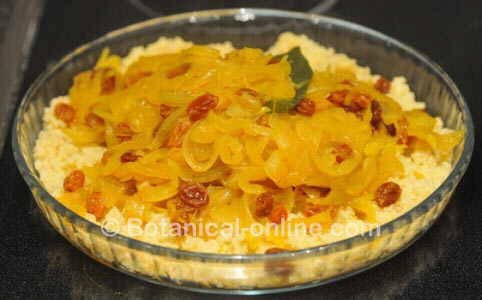Contents
Food additive E 210
What is benzoic acid?

Benzoic acid (E 210) is a natural preservative, an organic acid, found in small amounts especially in cloves, blueberries, raspberries, red currants, plums and also in milk, honey and berries (among other foods), which is extracted from the fruits of the rowan tree; and that can also be synthesized.
Chemical properties of benzoic acid
It is an organic acid with bactericidal and inhibitory action on the growth of fungi and yeasts.
However, on an industrial level it is used as a preservative mainly because it basically acts against fungi and yeasts and to a lesser extent against bacteria. To increase its antibacterial effectiveness, it is usually combined with sodium chloride, acetates and sulfites (E 200).
Uses of benzoic acid in the food industry
Its use is limited by its spicy and metallic taste that it leaves in food.
This flavor is softened in acidic foods, which is why the greatest application is in canned fruits and vegetables, juices and carbonated soft drinks.
What products contain benzoic acid?
- This food preservative is used in: non-alcoholic draft beer, spirits, low-sugar jams, jams, jellies, olives, meat or fish jellies.
- In combination with sorbic acid (E 200) it is used in: candied fruits, fermented and pickled or salted vegetables; canned fish, dried fish, other fish products, prawns, chewing gum, diet products, wine.
Benzoic acid toxicity
The ADI recommended by the FAO / WHO Expert Committee is 5mg / Kg of body weight / day, since it can cause toxicity at high doses and can also cause allergic reactions in susceptible people.
Other food preservatives that are commonly used in food:
![]() More information on food additives
More information on food additives








